Temple Jogyesa de Séoul (조계사(서울))
1.2Km 2021-12-22
55, Ujeongguk-ro, Jongno-gu, Seoul-si
+82-2-768-8500
Le temple Jogyesa est un
temple bouddhiste zen en Corée qui a la particularité d’être situé en
plein centre-ville de Séoul. Jogyesa se situe dans une rue perpendiculaire aux rues illuminées de Jongno, et à la rue menant à la station Anguk,
non loin de la rue d'Insadong.
La première chose que l'on remarque
en entrant dans le temple, ce sont les arbres qui font face au bâtiment principal âgés de plus de 500 ans. Un de ces
arbres mesure 26 mètres de haut et procure en été un ombrage apaisant.
Le temple a servi dès 1910 de résidence principale pour le moine Han Yong-un. Le bâtiment principal
érigé en 1938 est majestueux, décoré de nombreuses couleurs. A l’intérieur se trouve une statue du bouddha Sakyamuni. A l’extérieur,
en face, se trouve une pagode de sept étages contenant des reliques de bouddha.
Le temple Jogyesa ne possède pas cette atmosphère solennelle que l’on peut
retrouver dans les temples situés en montagne qui offrent par exemple une
vue panoramique sur la montagne ou sur la mer. Mais, situé en ville, il est facile d’accès et convient aux visiteurs à l’emploi du temps serré. A proximité du temple se trouvent des petites boutiques spécialisées dans la
vente d'articles bouddhistes
(chapelets, écrits, encens, etc) mais également des souvenirs tels que des poupées et des porte-clés. Les personnes intéressées par le bouddhisme y trouveront certainement
leur bonheur.
Gare culturelle de Séoul 284 (ancienne gare de Séoul) (문화역서울 284)
1.2Km 2023-04-26
426, Cheongpa-ro, Jung-gu, Seoul-si
+82-2-3407-3500
L’ancien bâtiment de la gare de Séoul a été conçu par Tsukamoto Yasushi, professeur à l’Université de Tokyo. La construction de la station a commencé en juin 1922 et a été complété en septembre 1925. Avant la construction du bâtiment, la gare de Séoul était seulement un bâtiment en bois à 2 étages (33 m²) appelé « l‘arrêt Namdaemun ». Il était situé entre la gare de Séoul actuelle et Yeomcheongyo et était un arrêt pour la ligne de train Gyeongin (Séoul-Incheon). Le nom de la station est devenu « station Gyeongseong » en octobre 1910 et quelques années plus tard, 3 lignes de trains supplémentaires ont été ouvertes (ligne Gyeongbu en 1904, ligne Gyeongui en 1905, et ligne Gyeongwon en 1914).
Le nouveau bâtiment à 2 étages (niveau inférieur 1 et 1 niveau supérieur) a été construit en bois et en brique avec une toiture en ardoise soutenue par une armature en fer. Le premier étage a été bâtit dans un style Renaissance et le second étage a été décoré avec des briques rouges et du granite.
Après que la Corée ait regagné son indépendance face à la colonisation japonaise, le gouvernement américain a pris le contrôle de la station Gyeongseong (1946) et en 1947, le nom est alors devenu « Gare de Séoul ».
Musée d'art Daelim (대림미술관)
1.2Km 2025-04-18
35-1 Tongui-dong Jongno-gu Seoul-si
+82-2-720-0667
Le Musée d'art Daelim, fondé par le Groupe Daelim, fut d’abord établit à Daejeon en 1996 et fut deplacé plus tard à Jongno (Séoul), en 2002. Cette galerie d’art étudie, analyse et présente l’art moderne à travers la photographie et organise des expositions centrées sur le média photo.
Le musée d'art est situé dans la zone résidentielle de Tongui-dong, près du Palais de Gyeongbokgung. Elaboré par un architecte français, Vincent Cornu, et construit par l’entreprise Daelim, il a ouvert ses portes en mai 2002.
Au rez-de-chaussée se trouvent un jardin, un parking, une réception, un espace de rangement, et une salle de conférence. Au premier et au deuxième se trouvent les bureaux ainsi qu’une salle d’expositions de 595m² consistant en une petite et une grande salle, une longue galerie ainsi qu’un espace possédant un haut plafond. Au troisième étage vous trouverez une salle pour les séminaires pouvant accueillir 120 personnes ainsi qu’un balcon avec une très jolie vue d’où vous pourrez admirer les monts Inwangsan et Bukhansan. Les panneaux en verre teinté (créés afin de refléter la beauté des tissus traditionnels coréens) et les pittoresques salons au premier et au deuxième ajoutent à l’ensemble un certain charme.
Par-dessus tout, le musée fut élaboré en considérant les photos, lesquelles sont très sensibles à l’humidité, la lumière et la température.
Centre d'information du Temple Stay (템플스테이 홍보관)
1.2Km 2022-09-28
56, Ujeongguk-ro, Jongno-gu, Seoul
+82-2-2031-2000
Le centre d’information du Temple Stay est situé en face du temple Jogyesa. Il est très facile de s’y rendre depuis la station Anguk (métro de Séoul ligne 3) ou depuis la rue principale du quartier Insa-dong. Il s’agit d’un complexe culturel sur 5 niveaux qui inclut les bureaux de l’organisation officielle Templestay, un centre d’information, le restaurant de nourriture du temple “Balwoo Gongyang”, le « Lotus Café » et une librairie bouddhiste au rez de chaussée.
Le centre d’information du Temple Stay au rez de chaussée vous donne toutes les informations sur les programmes Temple Stay. Il est possible d’y choisir des brochures et livrets sur les programmes et des employés pourront répondre à vos questions. Le centre d’éducation au 2ème étage propose des activités. Le 4ème étage inclut le restaurant “Balwoo Gongyang”, spécialisé dans la cuisine du temple, et où il est possible de déguster des plats minutieusement préparés par des bouddhistes pratiquants.
Ground Seesaw Seochon (그라운드시소 서촌)
1.3Km 2023-01-16
18-8, Jahamun-ro 6-gil, Jongno-gu, Séoul
Le complexe culturel Ground Seesaw se trouve à Seochon dans l'arrondissement de Jongno-gu, un endroit où l'histoire, l'art et la culture se rencontrent. Le lieu a été créé par Media N Art, une société de production d'expositions, et conçu par le cabinet d'architecture SoA et l'entreprise paysagiste Loci Studio. Nous vous invitons à découvrir Ground Seesaw pour découvrir une variété d'expositions.
Beauty Play (뷰티플레이)
1.3Km 2024-06-25
(Myeongdong 1ga) 73, Myeongdong-gil, Jung-gu, Seoul
Du maquillage à la coiffure, le centre d'activités de la K-Beauty
Beauty Play est centre d'activités et de promotion autour de la K-beauty. Vous pouvez ici prendre part à des ateliers pour trouver vos couleurs qui vous correspondent ainsi que des recommandations pour le maquillage et la coiffure.
Le centre dispose également d'une machine qui permet d'analyser des couleurs adaptées pour vous via une analyse effectuée en moins de 10 secondes. Le centre abrite également un studio d'enregistrement. Notre que vous pouvez aussi prendre part à des ateliers d'une journée avec des spécialistes des cosmétiques.
Galerie Simon (갤러리 시몬)
1.3Km 2021-02-16
20, Jahamun-ro 6-gil, Jongno-gu, Seoul-si
+82-2-549-3031
Depuis son ouverture en avril 1994, la Galerie Simon a organisé exclusivement des expositions planifiées basées sur invitation. Il s’agit d’expositions de travaux d’artistes expérimentés ainsi que d’artistes en herbe.
Bunni Studios à Myeondong (바니스튜디오 안경(명동역점))
1.3Km 2024-04-03
21, Myeongdong 8gagil 21, Junggu, Seoul
Bunni Studios est un magasin de lunettes apprécié par la jeunesse. Le service est disponible en anglais. Bunni Studios travaille avec un grand nombre de marques permettant une large gamme de choix. Il est possible de réaliser des achats détaxés sur place alors que le magasin propose des services de livraison vers votre hôtel si le produit n'est pas disponible dans le magasin.
Museum Kimchikan (뮤지엄 김치간)
1.3Km 2024-09-27
Seoul, Jongno-gu, Insadong-gil 35-4
+82-2-6002-6456
Le Museum Kimchikan désigne un musée unique dédié au kimchi et au kimjang, et revenant longuement sur les processus de fabrication du kimchi, aliment classé au patrimoine de l'UNESCO. Le musée a aussi été sélectionné par CNN en mars 2015 comme l'un des 11 meilleurs musées autour de la gastronomie.
Galerie Hyundai (갤러리 현대)
1.4Km 2021-03-09
14, Samcheong-ro, Jongno-gu, Seoul-si
+82-2-2287-3500
La galerie Hyundai a été inauguré sous le nom de Hyundai Hwarang (galerie) à Insadong (Jongno-gu, Séoul) en avril 1940. Pendant plus de quarante années, cette galerie a exposé des pièces d’artistes coréens tels que Park Soo Keun, Joong Seop Lee, Whanki Kim, Ucchin Chang, Kyung Ja Chun, Dai Won Lee, Young Kuk Yoo, Ufan Lee, Nam June Paik, ou encore Shim Moon-seup.
Elle possède et gère désormais de nombreuses salles d’exposition comme « Le Nouvel Espace », « L’Espace Principal » (chacune avec deux étages), et « L’Espace Gangnam ». La Galerie Dugahun (affiliée à la Galerie Hyundai) n’est qu’à quelques pas du Nouvel Espace et est gérée conjointement avec Dugahun, un restaurant à vins situé dans une hanok (maison traditionnelle coréenne).
L’Espace Gangnam peut se vanter d’avoir un mélange éclectique de pièces et de styles d’artistes à la fois internationaux et coréens. La Galerie Hyndai gère aussi une « Galerie Fenêtre», salle d’exposition pour les artistes prometteurs.
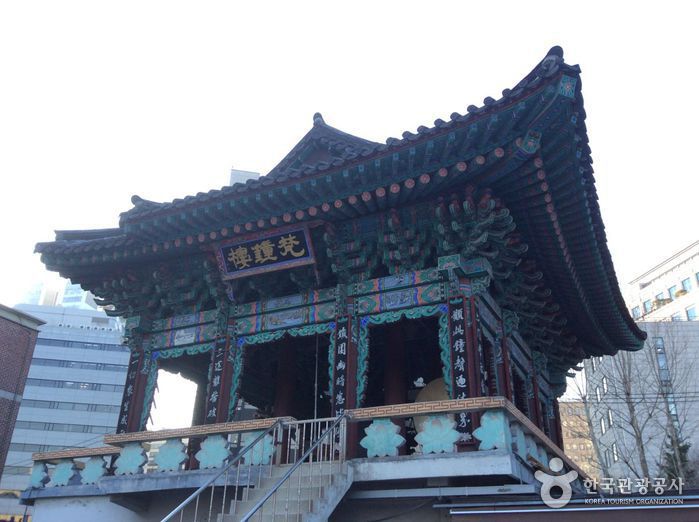
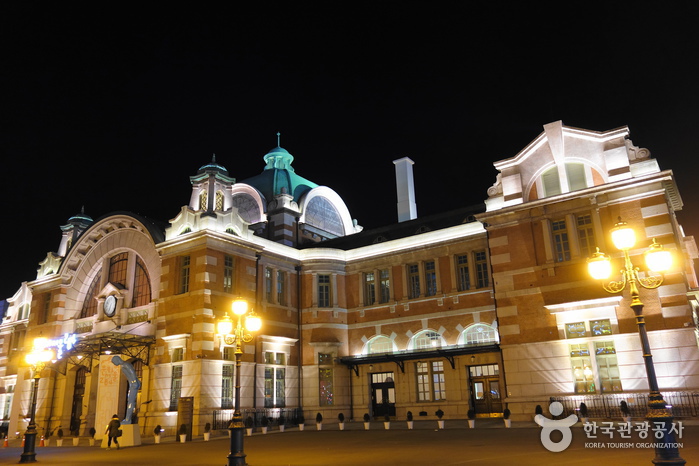
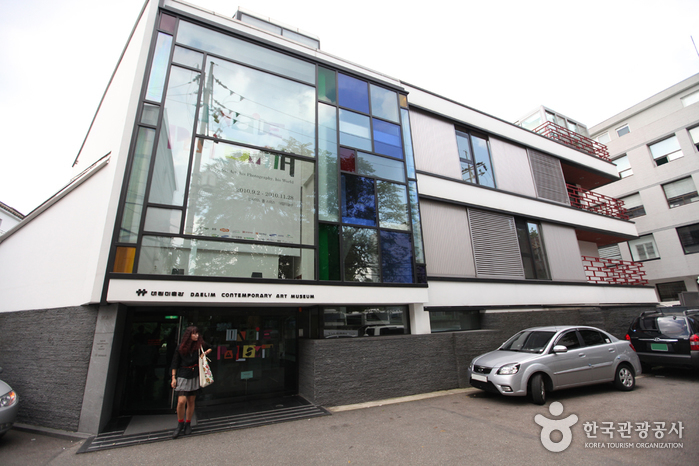

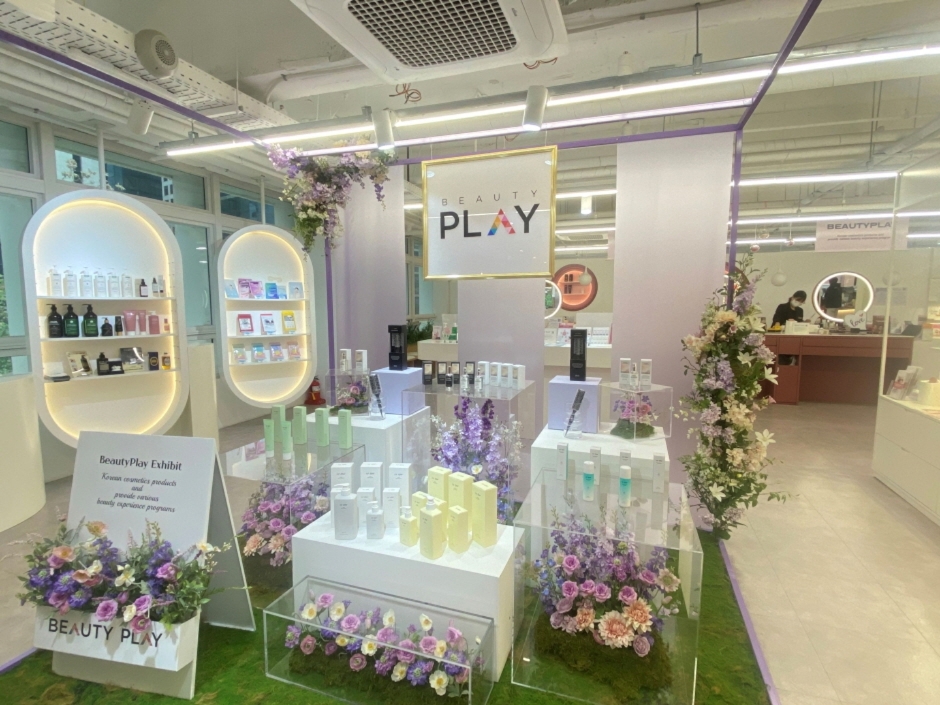
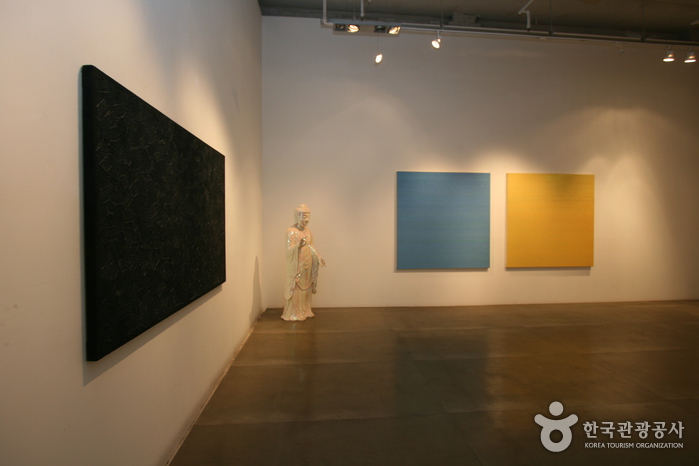
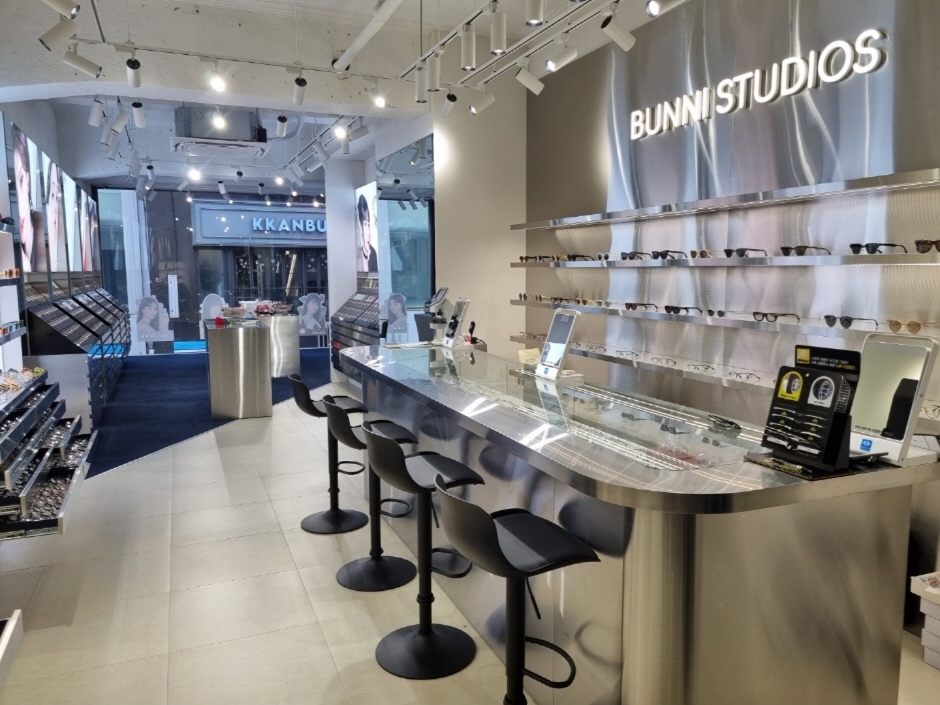
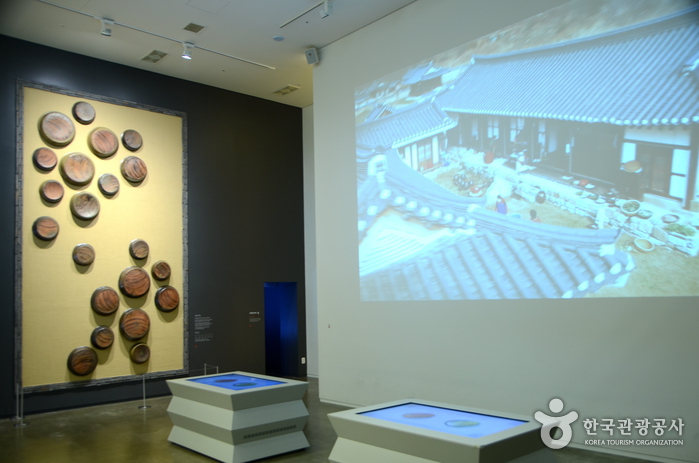
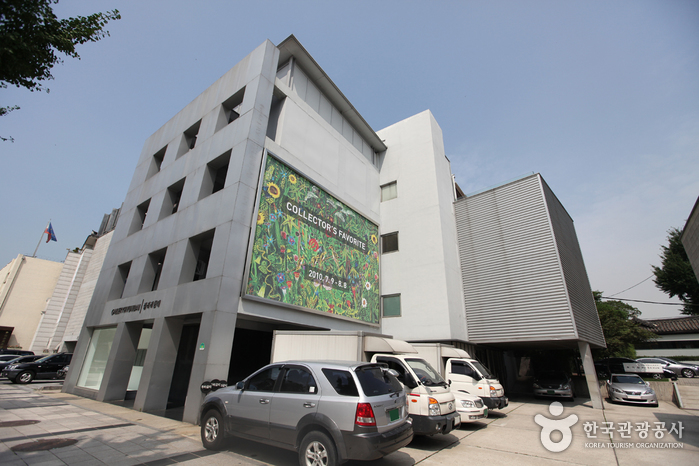
 Français
Français
 한국어
한국어 English
English 日本語
日本語 中文(简体)
中文(简体) Deutsch
Deutsch Español
Español Русский
Русский